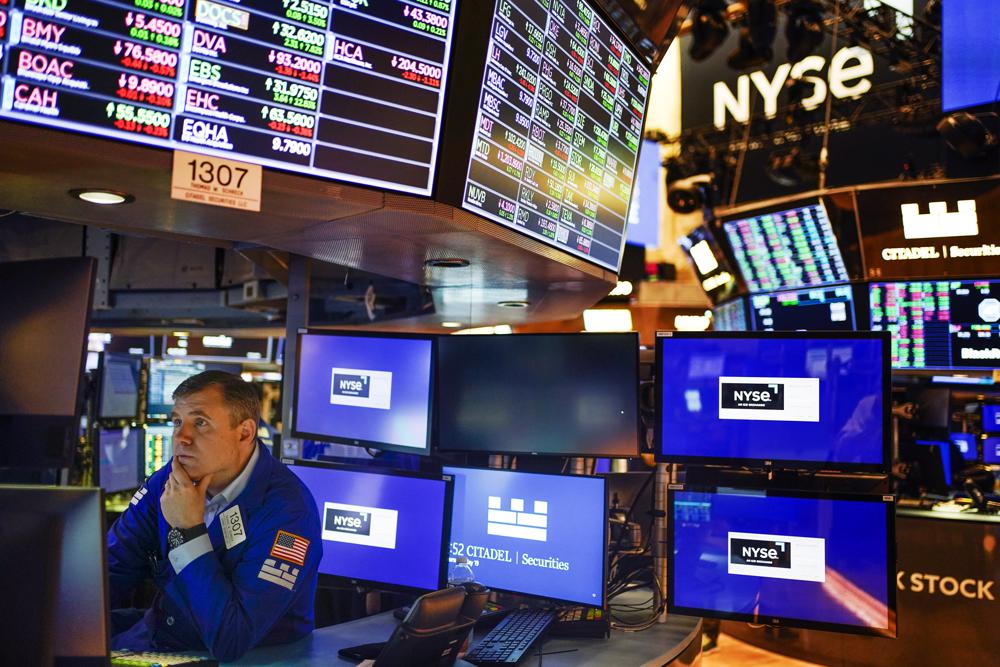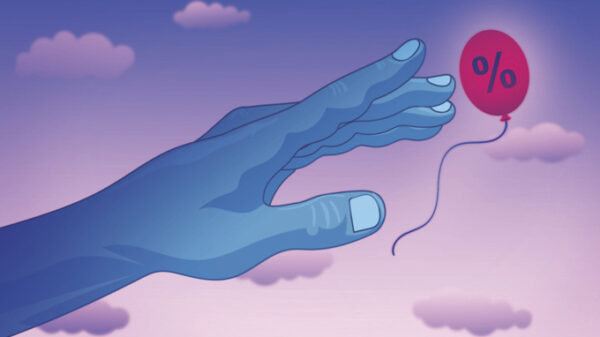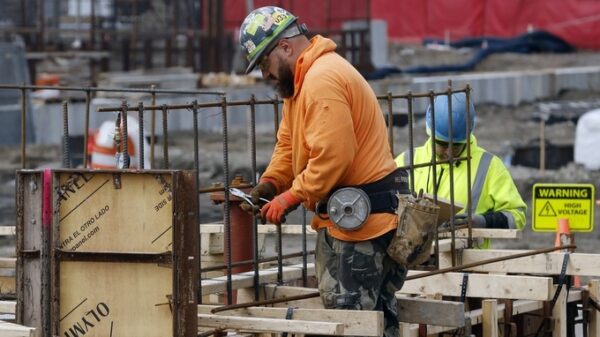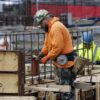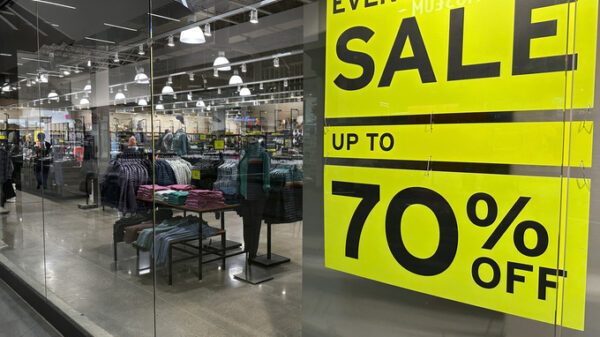FILE – A trader works on the floor at the New York Stock Exchange in New York, Thursday, May 19, 2022. This year’s sell-off for Wall Street means stocks no longer look to be in a dangerously overvalued bubble, as some critics had warned. Prices have retreated toward historical norms, when measured against corporate profits. Analysts have so far been maintaining their expectations for corporate profits going forward. (AP Photo/Seth Wenig, File)
NEW YORK (AP) — The good news for stocks is that this year’s sell-off means they no longer look eye-wateringly expensive.
The bad news: That won’t matter if corporate profits give out.
A stock’s price rises or falls for essentially two reasons: how much cash a company generates and how much an investor is willing to pay for it.
So far, Wall Street’s focus has been only on that second part.
With the Federal Reserve jacking up interest rates to knock down inflation, investors are much less willing to pay sky-high prices for stocks when safe bonds are offering better returns.
Analysts and professional investors look at something called the price-earnings ratio to gauge investors’ willingness to own stocks. It shows how much investors are paying for each $1 of a company’s earnings, with a few variations.
Across the largest 1,000 companies, one measure has investors paying nearly 29% less for the median than in November, according to Scott Opsal, director of research and equities at Leuthold.
That meant their drop in stock prices, a median of roughly 25%, was entirely because of investors’ decreased willingness to pay high prices. On the profit side, analysts actually raised their forecasts.
“Investors are coping with the problems of the day by letting the air out of bubbly valuations,” Opsal wrote in a report.
Some pockets of the market still look pricey, such as high-growth and smaller stocks, according to strategists at Credit Suisse. But across the S&P 500 index, stock valuations are now only marginally above their average for the last 50 years, after earlier soaring to their most expensive levels since the 2000 dot-com mania.
The risk for Wall Street going forward is that even though a lot of air has come out of the bubble, more could still leak out. Another dangerous possibility is if corporate profits weaken sharply.
If that were to happen, investors could get hit with a double-whammy pulling down both stock price levers.
With inflation seemingly still accelerating, that risk is growing. Several big-name retailers including Target have warned recently about their customers changing their buying behavior as the pandemic wanes. All companies are meanwhile contending with higher costs for fuel as gasoline prices soar and for labor as workers demand higher wages amid a red-hot jobs market.
Companies are soon to report how much profit they made during the spring. Analysts are forecasting growth weakened to the slowest pace since the end of 2020, according to FactSet.
Some critics say those forecasts as still too optimistic. If earnings expectations come down, it would trigger another lurch downward for stocks.
Copyright 2021 Associated Press. All rights reserved.





















